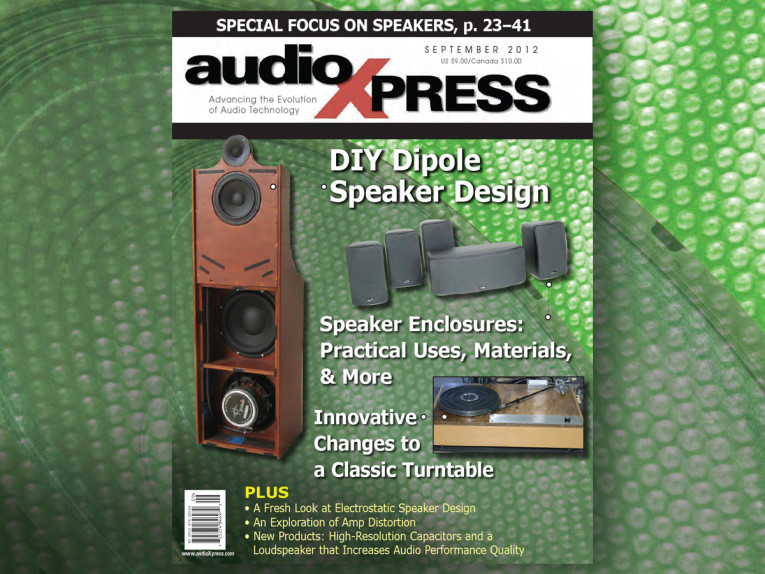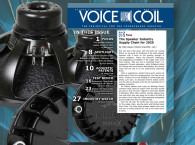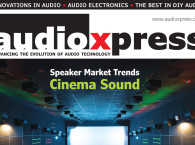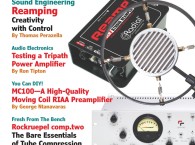 Each year’s “speaker special” issue is a favorite among audioXpress members and clients. It features in-depth articles about speaker technologies and design projects, without completely ignoring other interesting topics. This year’s special speaker section features informative articles about a detailed loudspeaker design project and an intriguing electrostatic speaker experiment. We also included a third must-read speaker-related article, but it isn’t in the special section because it focuses on enclosures rather than speaker design.
Each year’s “speaker special” issue is a favorite among audioXpress members and clients. It features in-depth articles about speaker technologies and design projects, without completely ignoring other interesting topics. This year’s special speaker section features informative articles about a detailed loudspeaker design project and an intriguing electrostatic speaker experiment. We also included a third must-read speaker-related article, but it isn’t in the special section because it focuses on enclosures rather than speaker design.
On page 23, George Ntanavaras shares his Horizon loudspeaker design. Inspired by Siegfried Linkwitz’s work, Ntanavaras designed an open-baffle active loudspeaker featuring two woofers connected in series used as dipoles, a woofer/midrange used as a dipole, and a dome tweeter used as a monopole. He details everything from the baffle cabinet design to frequency response adjustments.
Turn to page 36 to read about Richard Mains’s excellent electrostatic loudspeaker (ESL) project. Although he started experimenting with hybrid electrostatic speakers about two decades ago, Mains hasn’t lost his passion for them. His article covers techniques relating to ESL fabrication, and includes the materials needed to complete your own project.
The third speaker-related article is about enclosures (p. 8). Mike Klasco and Steve Tatarunis cover the practical uses for enclosures, as well as wood alternatives and experimental design techniques.
The rest of the issue’s content is a nice mix of past and present audio technology. We feature an interesting turntable redesign project and the second part of a series on tube sound.
In the article “A Vintage Turntable Revisited,” Ron Tipton explains recent modifications he made to a 2011 turntable restoration project (p. 12). He describes lengthening the tone arm and why he used carbon fiber tubing. Ron Tipton completed a second Netronics 350D rebuild. The only remaining original parts are the direct-drive DC motor, the platter, the aluminum nameplate with switches, and the 33-1/3 and 45 RPM speed control.
And finally, if you’re into tube sound, flip to page 18 for Richard Honeycutt’s insight on distortion. He covers topics such as distortion signatures and testing. aX







